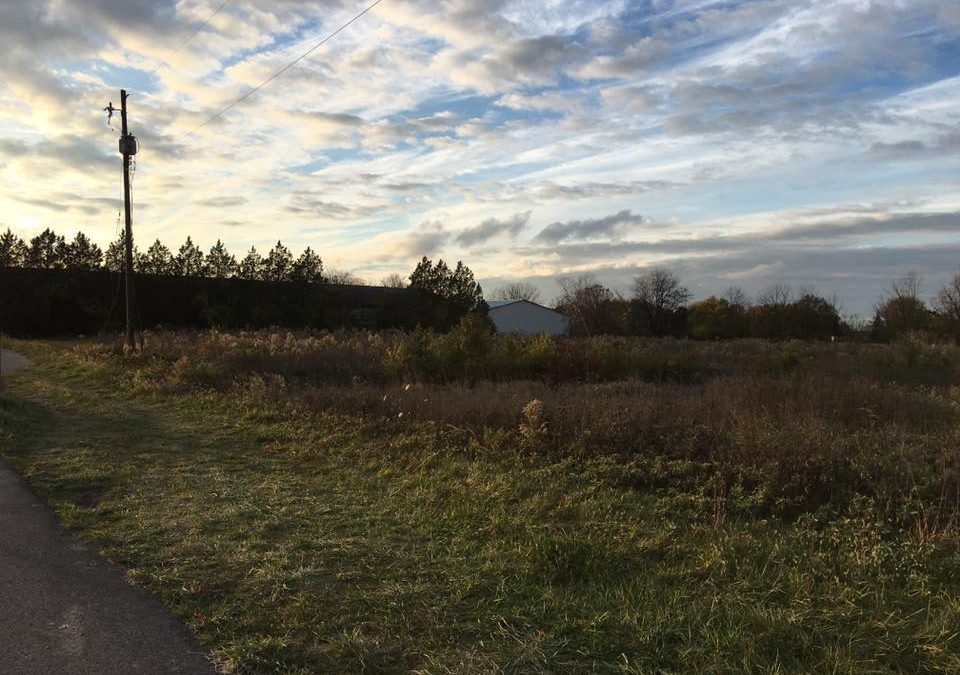
Energy Usage at City Buildings Now Viewable at Go Green Hilliard
February 8, 2018
Hilliard to Host Recycling/Donation Collections
March 16, 2018As spring is teasing us with warm weather in February, thoughts may be wandering towards spring planting: what to plant this year, how to change a few things in the yard, etc. Have you considered going native? Native plants have a multitude of advantages:
- They do well in the soil of Central Ohio, and actually help enrich the soil
- They don’t need as much water, and they help clean up water sources
- They don’t need as much fertilizer
- They support a variety of insects, birds, and small animals. A lot of them support pollinators which are required for roughly 80% of all plants
- They are virtually no maintenance
The Franklin Soil and Water Conservation District website is a great source for identifying native trees. Some good ones are black gums, 11 different species of oak, hackberry, sugar maple, tulip poplar, sycamore, American linden, sourwood. We also have a great choice of conifers; white pine, pitch pine, eastern hemlock, bald cypress, and eastern larch. Don’t have room for a tree? How about some shrubs and bushes? American hazelnut, spicebush, serviceberry, paw paw, bladdernut, 6 different species of sumac, fringhorn, witch hazel, etc.
And finally, there are a lot of great plants that support bee life throughout the growing season, and some butterfly species as well. They include butterfly bush, lavender, cosmos, coneflower, blackeyed sunflowers, clover, most pumpkins, bee balm (minarda), shasta daisy. You can also throw a few of these in your vegetable garden: cucumbers, chives, tomatoes, chicory, and sunflowers that have not be modified to remove the pollen.
There’s still plenty of time to plan your changes. There are a lot of Central Ohio nurseries that specialize in native species. You just check out their websites and plan your planting!





